Zoë Ehlert (Video)
Career Profiles
Manager, Marker Assisted Breeding
Zoë Ehlert
Career Profiles
Manager, Marker Assisted Breeding

Winston Campeau
Career Profiles
Researcher - Evolutionary Processes

Tomato Taxonomy
Backgrounders
A look at the taxonomic classification of the tomato plant and the origin, history and development of tomatoes.
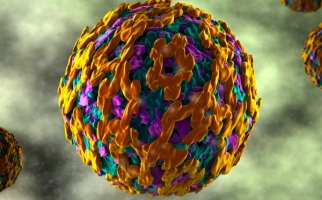
Where Did Viruses Come From?
STEM Explained
Viruses are not living things - so where did they come from? Scientists have proposed three different hypotheses.

Kara Layton
Postdoctoral Fellow
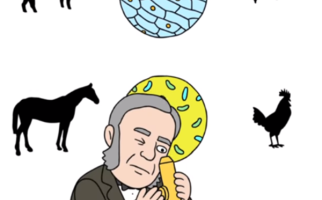
The Wacky History of Cell Theory
STEM Explained
It took several scientists building on each other’s discoveries to come up with Cell Theory - one of the cornerstones of biology.
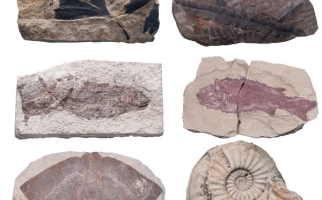
Why Scientists Believe in Evolution
STEM Explained
Scientists have accumulated so much evidence in the theory of evolution that it is one of the most widely-accepted theories in science.
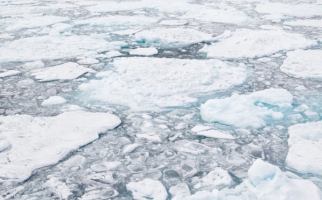
Why Don't Fish Freeze in Cold Arctic Waters?
STEM Explained
Ever wonder how fish survive in the cold waters of the Arctic and Antarctic? It’s partly because of a brilliant evolutionary adaptation.
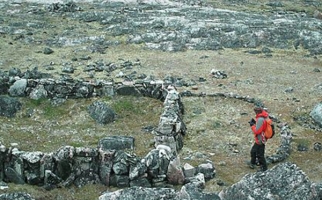
The Dating Habits of Archaeologists
STEM Explained
Radiocarbon dating is a method of radiometric dating. Learn how archaeologists use carbon isotopes to find the age of organic materials at archaeological sites.

Should Scientists Clone Extinct Species?
STEM Explained
Cloning makes it possible to bring extinct species back to life. But is that a good idea?
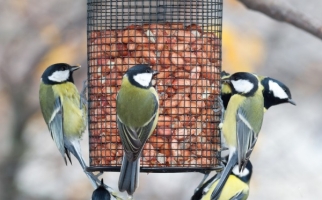
Natural Selection in Your Backyard
STEM Explained
A study on bird feeders and beak sizes shows how an everyday human activity can affect the evolution of another species.
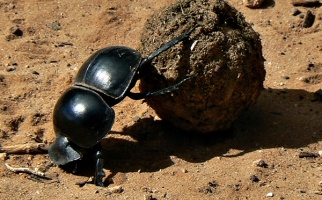
How to Find a Mate When You Smell Like Dung
STEM Explained
Some dung beetles use alternative reproductive tactics to increase their chances of finding a mate. Learn what this tells us about evolution and biodiversity.
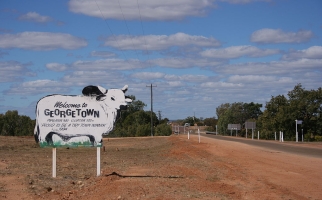
How Did a Piece of Canada End Up in Australia?
STEM Explained
Learn how geologists used radioactive dating to uncover geology shared by both Canada and Australia.
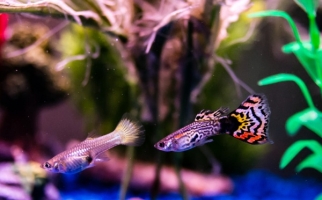
Guppies, Guppies Everywhere!
STEM Explained
How do different populations adapt to their environment? Let’s explore this concept through guppy speciation.